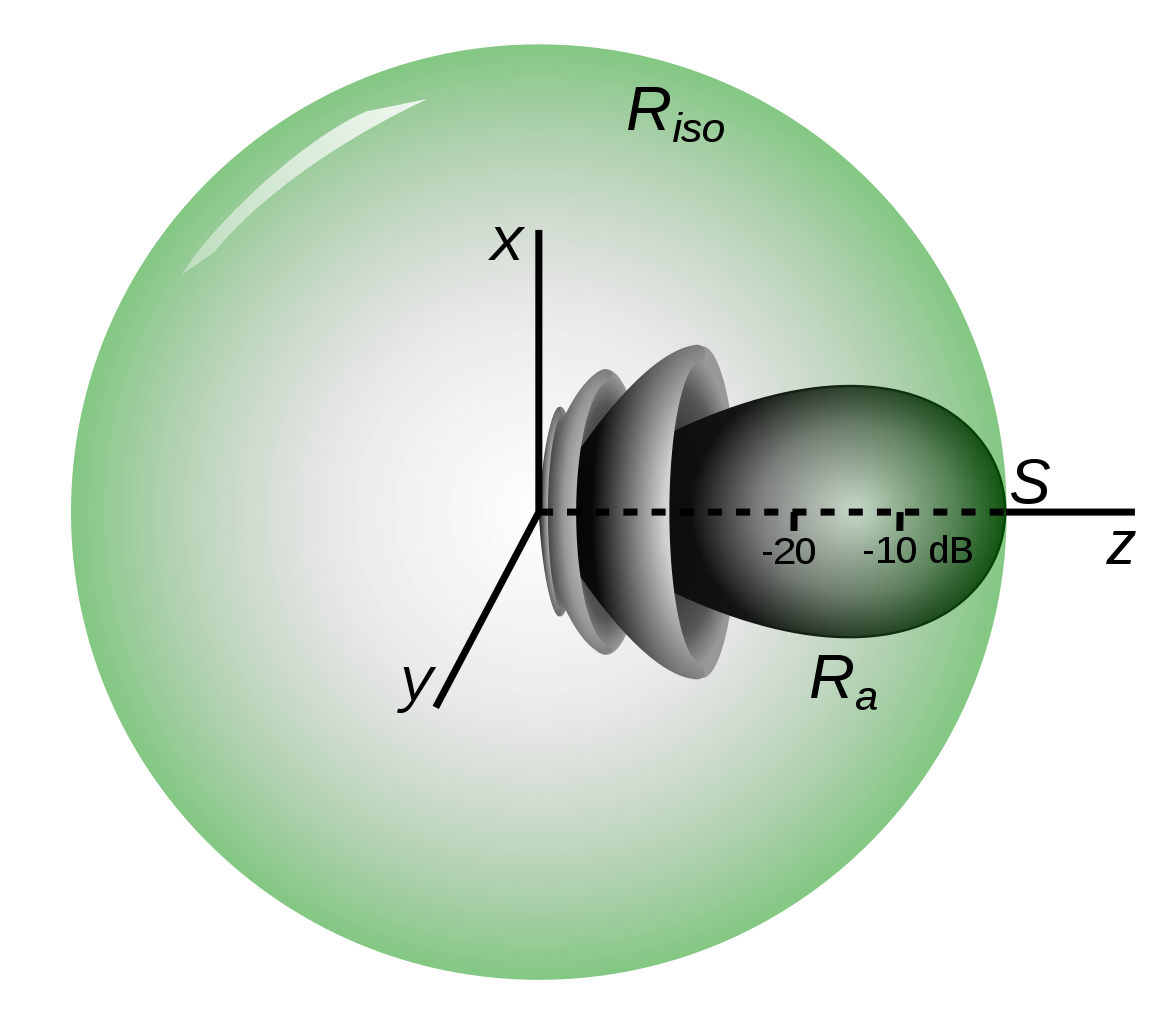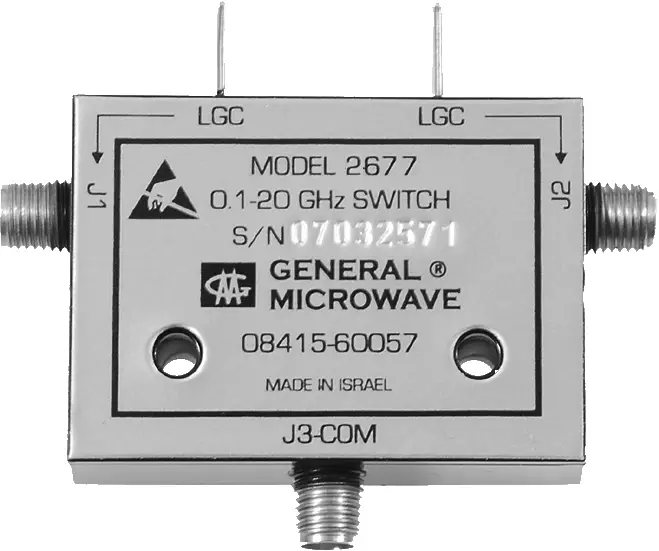Search Results for:
New Technician Practice Exam!
[note: this post is almost 4 years old (as of March 2024), the exams have changed, and well, its just outdated. You’re still welcome to use this. Understand its not updated, it has errors, and it may stop working at some point.] Hey everyone, just wanted to let you know that I’ve added a Technician … Read more
Antenna Gain dBi vs. dBd
How does antenna gain stated in dBi compare to gain stated in dBd for the same antenna? A. dBi gain figures are 2.15 dB lower than dBd gain figuresB. dBi gain figures are 2.15 dB higher than dBd gain figuresC. dBi gain figures are the same as the square root of dBd gain figures multiplied … Read more
PIN Diode RF Attenuation
What is used to control the attenuation of RF signals by a PIN diode? A. Forward DC bias current B. A sub-harmonic pump signal C. Reverse voltage larger than the RF signal D. Capacitance of an RF coupling capacitor [E6B11] This question from the new Amateur Extra question pool dives head first into the operation … Read more
Determine Maximum Usable Frequency
What is a reliable way to determine if the MUF is high enough to support skip propagation between your station and a distant location on frequencies between 14 and 30 MHz? A. Listen for signals from an international beacon in the frequency range you plan to useB. Send a series of dots on the band … Read more
Estimating Maximum Permissible Exposure
Which of the following properties is important in estimating whether an RF signal exceeds the maximum permissible exposure (MPE)? A. Its duty cycleB. Its frequencyC. Its power densityD. All these choices are correct [G0A02] Let’s look at each possible answer individually, and then we’ll decide which is correct. A. Its duty cycle. Duty Cycle refers … Read more
Connecting an Ammeter in a Circuit
How is a simple ammeter connected to a circuit? A. In series with the circuitB. In parallel with the circuitC. In quadrature with the circuitD. In phase with the circuit This is a really easy question, if you’ve ever used an ammeter before, that is. If you haven’t how are you supposed to know, right? … Read more





